The Japanese spider crab gets its name from its eight legs, each so long that a pair can span up to 13 feet from tip to tip That's very long considering its body can grow only up to 15 inches wide – just a little over a foot No wonder the scientific name of the Japanese spider crab is Macrocheira kampfaeri 'Macrocheira' comes fromThe Japanese spider crab (Macrocheira kaempferi) is the largest living arthropod Fully grown, it can reach a leg span of almost 4 metres (13 feet), a body size of up to 37 centimetres (15 inches) and a weight of up to kilograms (44 pounds) The Japanese spider crab has an orange body, but it has white spots on its thin legsDescription The Japanese spider crab has the largest leg span of any arthropod in the world, reaching up to 38 meters (12 ft) long, and weighing up to 19 kg (41 pounds), but the actual body of the Japanese spider crab is only 38 cm (15 inches) long The Japanese spider crab has 8 legs and 2 arms used for feeding

Japanese Spider Crab Their Commonly Cited Maximum Leg Span Is 3 8 Meters 12 Feet Deep Sea Creatures Rare Animals Marine
Japanese spider crab facts classification
Japanese spider crab facts classification-From monstrous crabs to goblins of the sea, there are some chilling ocean dwellers out there Here are some fascinating facts about some of the most mysterious animals in the sea 1 Japanese Spider Crab (Macrocheira kaempferi) A massive crab that looks like a spider Sound like a nightmarish combination? Japanese Spider Crabs Main Characteristics This crab is a decapod crustacean, which belongs to the group of spider crabs, so it is characterized for having a triangular shell and long legs The Japanese spider crabs lack of sense of vision, but they compensate this lack, with their quite developed sense of hearing



Japanese Spider Crab Facts Anatomy Diet Behavior Habitat
The Japanese spider crab (Macrocheira kaempferi) is the largest of all crustaceans It occurs on muddy or sandy bottoms in water to a depth of 30 – 50 m (100 – 160 ft) The crab is thought to feed on echinoderms, molluscs, crustaceans, and worms The spider crab also has two main Japanese names One is takaashigani, which means "long legs" The second is shiningani, which translates to "dead man's crab" This name is derived from a Japanese folklore, which describes the crab as a monster lurking in the kelp, waiting for a diver or sailor to come alongThe Japanese spider crab (Macrocheira kaempferi)!
They're not particularly picky eaters and will feed on seaweed, mussels, starfish and well, anything The scientific name of spider crabs is Macrocheira kaempferi Spider crabs are located in Japan so they are also known as Japanese spider crabs A spider crab belongs to class Malacostraca, family Inachidae, and genus Macrocheira Spider crabs are known as the tallest crabs among spider crabs The Japanese spider crab resembles spiders and is found atQuick facts about the world's largest crustacean!
Japanese spider crab facts!Subscribehttps//wwwyoutube Japanese spider crabs are found in the Pacific ocean near Japan They commonly live as deep as meters in the seabed Japanese spider crabs are eaten and used for ornamental purposes They are also used for research These factors have led to a decline in their population and there is a need to protect them Portly Spider Crabs The Japanese Spider Crab is the biggest species, measuring about 12 feet between its claws!
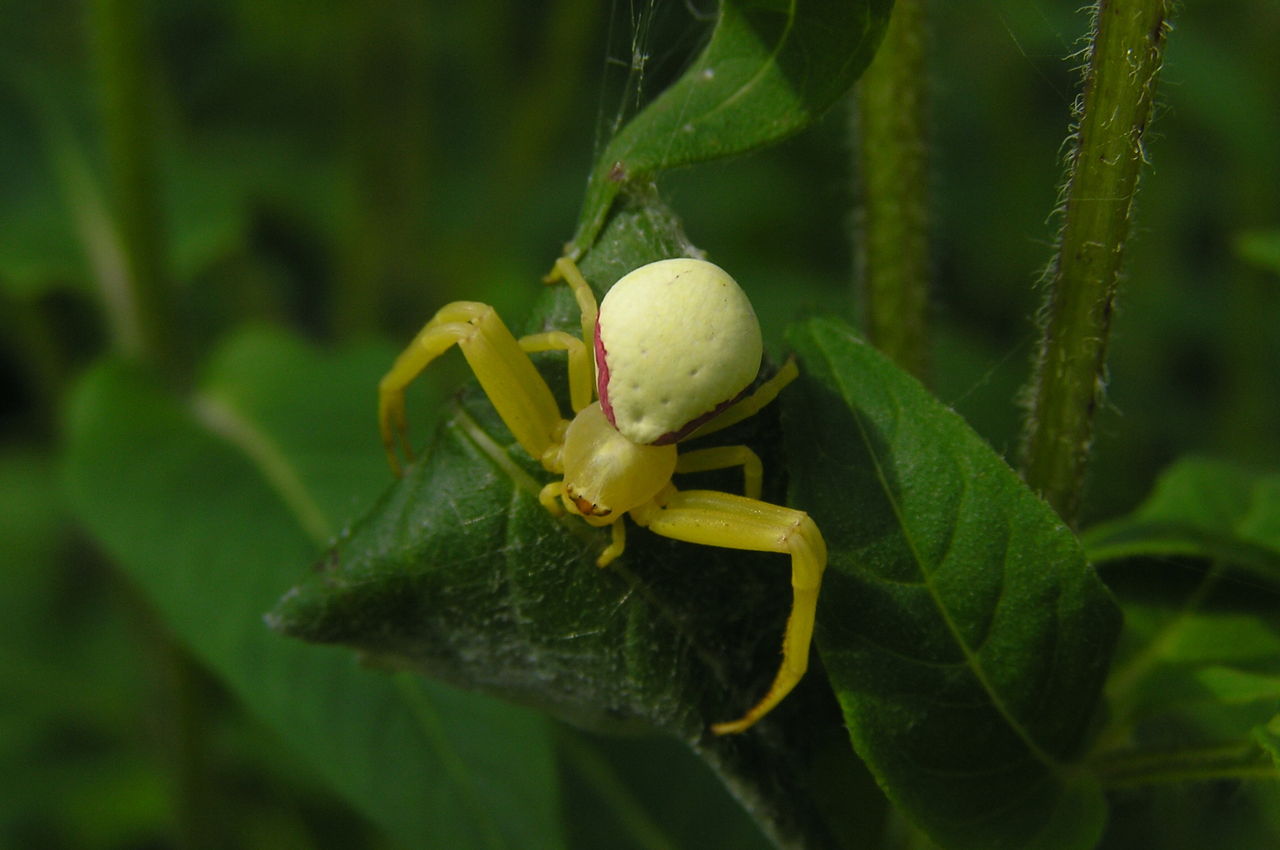



Facts About Spider Crabs That Are Insanely Bizarre Animal Sake




Everything You Need To Know About Japanese Giant Spider Crabs
Not only does this mean that this crab could actually tower over you if it wanted to, but it also makes it the largest crab in the entire world The Japanese spider crab is an omnivore, consuming both plant matter and animals, but is also also act as a scavenger, eating any corpse it finds Generally, these crustaceans do not hunt, picking at any dead and decaying matter along the seabed However, they will occasionally eat living kept and algae Giant Japanese spider crab is the largest arthropod's representative It's got a resemblance with an awkward looking arachnid German naturalist Engelbert Kaempfer was first to describe it in the 17th century giving the creature a scientific name Macrocheira Kaempferi, which means "a longlegged crab"
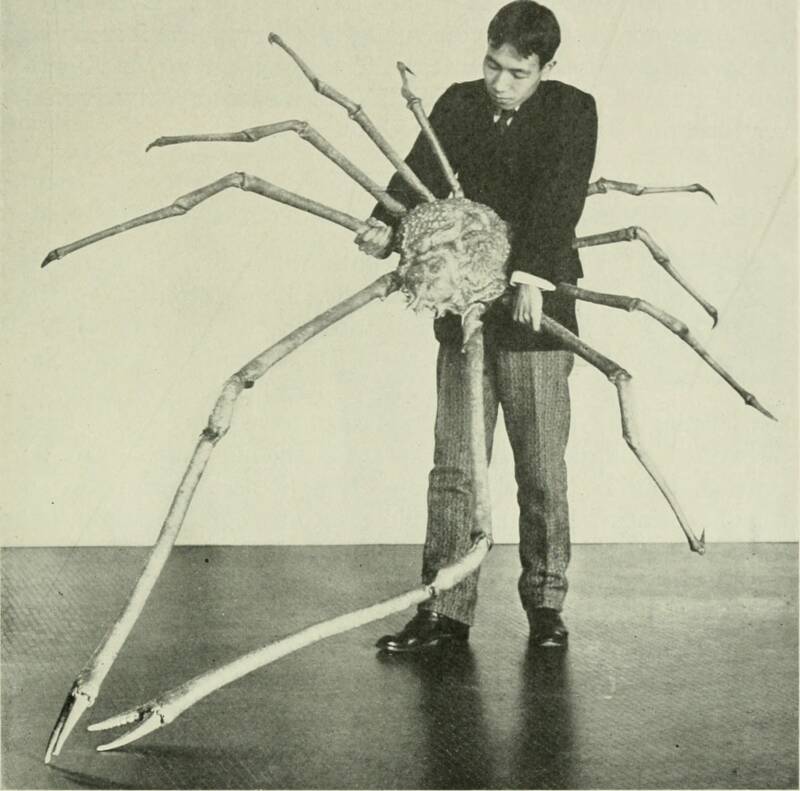



Meet The Japanese Spider Crab The Daddy Long Legs Of The Sea




Taka Ashi Gani The Japanese Spider Crab From Southern Japan Japan Airlines
So far, the world's largest known living arthropod is the Japanese spider crab (Macrocheira kaempferi), a huge crab that may live up to 100 years Let's meet this leggy denizen of the deep Specifications It's the legs that make this crab big — its body stops growing at about 15 inches, but the legs keep growing and growing and can eventually extend 12 feet from claw toAside from a few aquariums around the Earth, you won't have the ability to see Japanese spider crabs Ghost Crabs are largely nocturnalJapanese spider crab Description The Japanese spider crab has the greatest leg span of any arthropod, reaching up to 37 metres (121 ft) Distribution and habitat Japanese spider crabs are mostly found off the southern coasts of the Japanese island of Life cycle Female crabs carry the




10 Reasons Why The Giant Spider Crab Is The Crustacean Of Your Nightmares Viralnova



Eating
Despite it's spindly, spiderlike appearance, the Japanese spider crab is absurdly huge Scientists and researchers estimate that this crab can weigh up to 44 pounds and can have a leg span of thirteen feet at their largest! Dungeness Crab is among the most festive crab dishes you are able to menu Dungeness crabs are located just in the North Pacific Certain crabs may also make an extremely tasty meal!The Japanese spider crab may look like something from a 1950s scifi film, but Japanese spider crabs are gentle giants Now that you know more about the Japanese spider crab by learning the key data above, be sure also to check out the fun facts



1
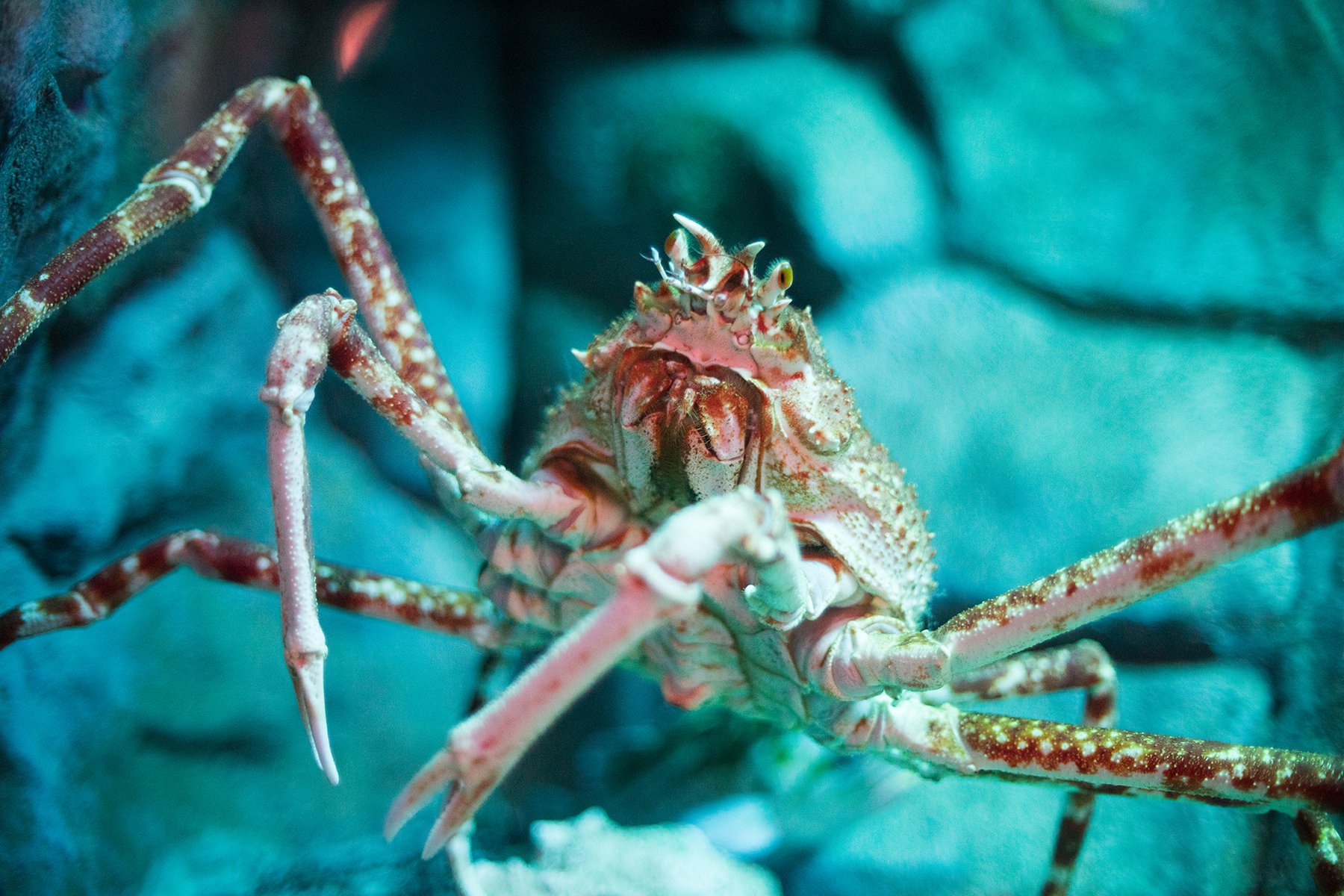



Japanese Spider Crab The Living Planet Aquarium
The Japanese spider crab is a types of aquatic crab that resides in the waters around Japan It has the biggest leg period of any type of arthropod They experience 3 major larval phases together with a prezoeal phase in order to expand to their excellent sizeThe category Macrocheira includes numerous typesJapanese spider crabs are the largest of all the arthropods, have shells that range from orange to tan color, have long legs, and can be as long as around 13 feet from claw tip to claw tipApart from having eight legs, the Japanese spider crab has two arms, each arm ending in a claw, just like in other crabs, with male crabs having larger claws than female crabs Its claws are known to be strong, able to grab items quickly, even human fingers, and apply enough force to cause serious injury Ouch!
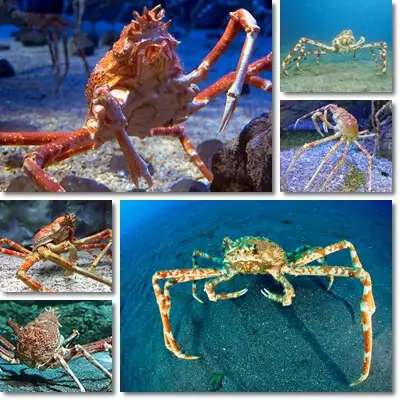



Properties And Benefits Of Japanese Spider Crab Natureword



Thanks I Hate Japanese Spider Crab Thanksihateit
The Japanese spider crab (photo below) is the largest of all arthropods The largest individuals of this species of crabs have a carapace length of up to fortyfive centimeters However, they are owners of fairly long legs It should be said that the span of the first pair can reach three meters Such a crab is equipped with fortycentimeter claws Japanese Spider Crab is the largest of all crustaceans This species has a confirmed record length of 12ft (4m) across when its thin, spiderlike legs are stretched out Although, claims have been made of these crabs reaching up to 19ft (58m) Its center shell can grow to about 145in (37cm) Japanese spider crabThe largest is the Japanese Spider Crab which can grow up to 37 m across (Around the size of a small car!) The smallest crabs are pea crabs, the males of some species do not grow larger than a few millimetres across!




Japanese Spider Crab Wikipedia
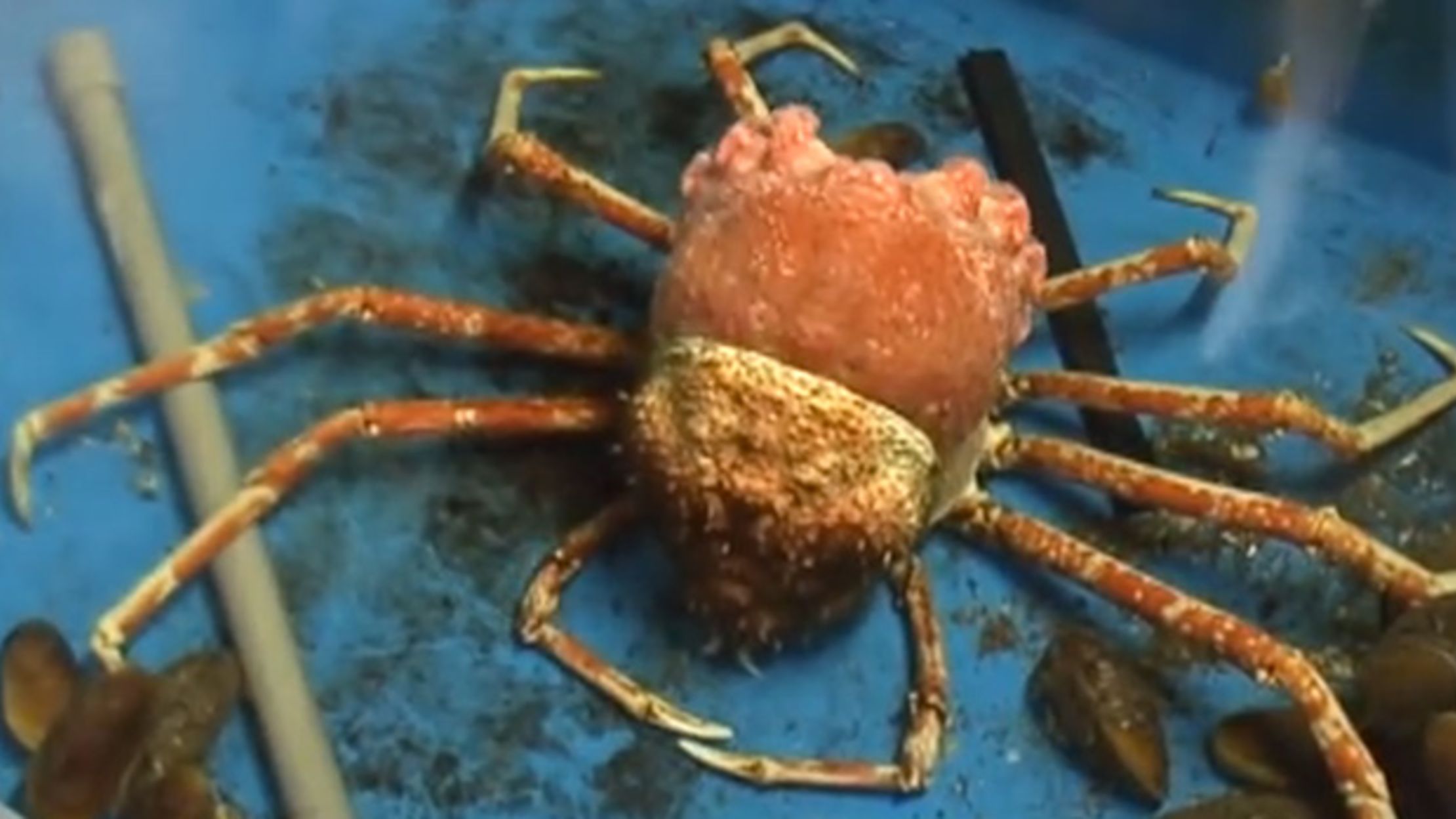



The Molting Mildly Revolting Japanese Spider Crab Mental Floss
The Japanese spider crab's limbs can grow up to 13 feet long, making the species the biggest arthropod in terms of length in the world However, the Japanese spider crab loses its top rank when it comes to weight While the giant spider crab can weigh 40 pounds, it's still no match for the American lobster, which can easily tip the scales beyond thatThere are thousands of types of crab with different lifespans, but Japanese Spider Crabs claim the longest life expectancy of about 100 years 3 National Museum of Natural History 'Japanese Spider Crab'But most crab species are found in the shallower ocean waters where the crabs tend to inhabit rocky pools and coral reefs The lifespan of a crab varies according to species A blue crab lives one to eight years, while a Japanese Spider Crab lives 50 to 100 years Crab life expectancies also vary according to habitat



Spider Crab




Animal Spotlight Japanese Spider Crab Animal Almanac
Spider crabs come in a range of sizes The smallest species has a shell that is around 8mm (03in) long, while the massive Japanese spider crab has a shell up to 50cm (in) long The Japanese spider crab may be the longestliving crab Some are said to live for 100 years Animals and Nature › Crustaceans › Crabs › Spider crabs › Crabs can be as small as the pea crab which is only a few millimetres wide to the Japanese spider crab which can have a leg span up to 4 m (about 13 feet) The brushclawed shore crab is a recently introduced nonnative crab species, firstJapanese Spider Crab Facts Firstly, the astounding Japanese Spider Crab easily ranks as the largest known living arthropod However, that specifically applies in reference to its truly prodigious leg span Sadly, this incredible creature inhabits a rather seriously restricted zone of habitation This limited range therefore renders the crustacean especially vulnerable to numerous threats




Everything You Need To Know About Japanese Giant Spider Crabs




Japanese Spider Crab Stock Photo Download Image Now Istock
Don't worry, they usually sit around 1000 feet deepAbout The spiny spider crab is also known as the European spider crab It is a large, orange crab with long spindly legs like a spider and a distinctive spiny shell Their oval shells are often covered in algae, giving them a green hairy look! The Japanese spider crab as the name suggests is a type of crab that resembles a spider It is one of the largest known arthropods (leg span wise) in the world This species of marine crabs are found in the Pacific side of a number of Japanese islands The Japanese spider crab scientific name is Macrocheira kaempferi
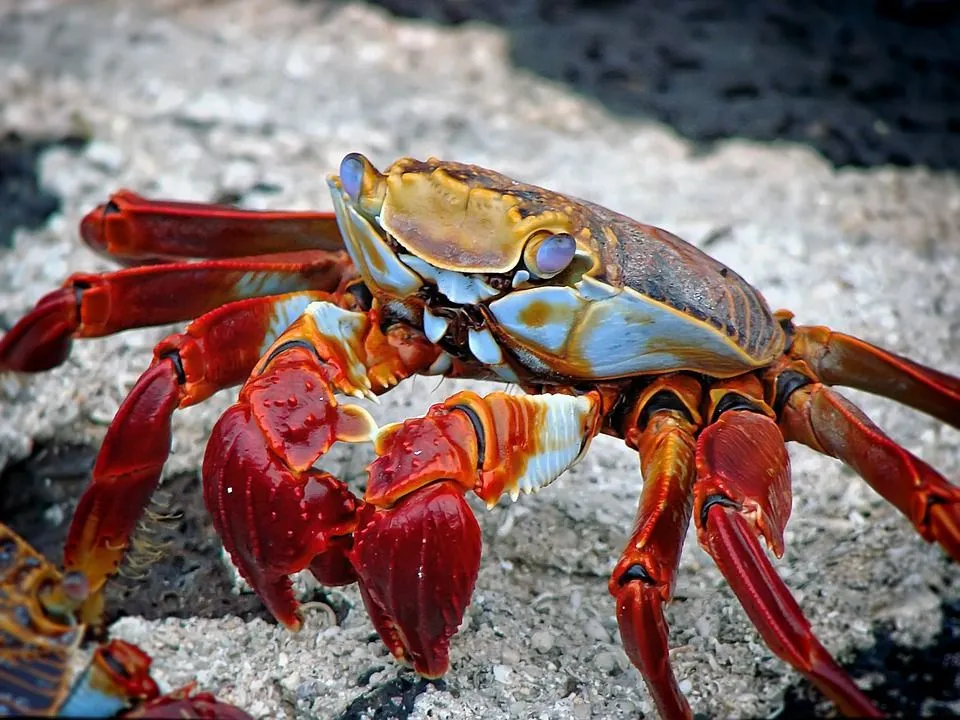



Crab Facts You Ll Never Forget
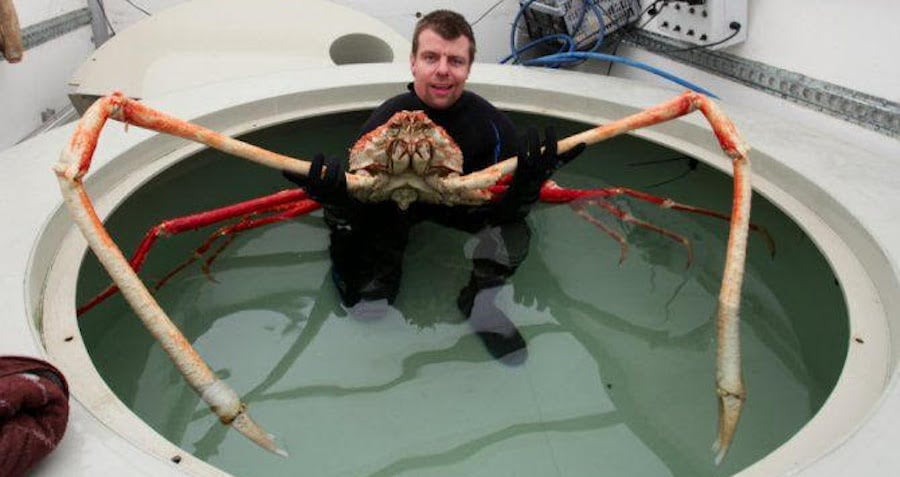



Meet The Japanese Spider Crab The Daddy Long Legs Of The Sea
The Japanese Spider Crab has the largest leg span of any arthropod in the world reaching up to 38 meters or 12 ft from claw to claw and weighing up to 41 pounds or about 19 kg 5) The body of this crab may grow to a size of 40 cm or 16 inches Image Source 6) The Japanese Spider Crab is unique from all other crab species Synopsis Japanese Spider Crab Pictures and Fun Facts on Animals for Kids written by Tanya Turner, published by Anonim which was released on 26 June 18 Download Japanese Spider Crab Pictures and Fun Facts on Animals for Kids Books now!Available in PDF, EPUB, Mobi Format Would you like to learn about a crab that has such long legs that it looks like a spider?Japanese Spider Crabs Facts, Information & Pictures The Japanese spider crab (Macrocheira kaempferi) is the largest living arthropod Fully grown, it can reach a leg span of almost 4 metres (13 feet), a body size of up to 37 centimetres (15 inches) and a
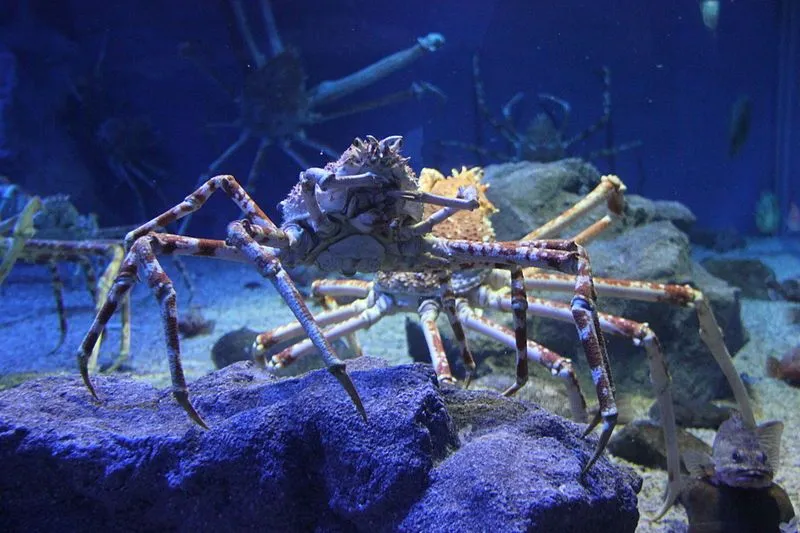



Spider Crab 15 Facts You Won T Believe




Adw Macrocheira Kaempferi Information
Japanese spider crabs live on the Pacific side of Japan as far south as Taiwan and at chilly depths ranging from 164 feet to as low as 1,640The Japanese giant spider crab is the world's largest crab It's a marine animal that lives only in the North Pacific Ocean off the coasts of Konshu and Kyushu, Japan These crabs live in veryCrabs have an "exoskeleton" made of chitin It protects its fragile tissue from danger Crabs walk and swim sideways, however not all Crabs eat both meat and plants, making them omnivores animals
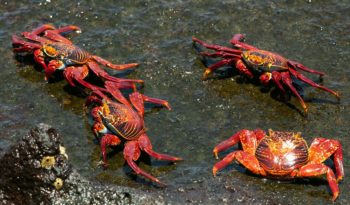



Japanese Spider Crabs Facts Information Pictures




Japanese Spider Crab Smithsonian Ocean
Japanese Spider Crab Facts for Kids Japanese spider crab (Macrocheira kaempferi) has the largest leg span among arthropods In Japanese, it is named as takaashigani, which means "tall legs crab" It is also called Giant spider crab and it is a docile creature Like its name, it looks like a spider with its sphericalshaped body Japanese spider crabs are the second heaviest extant anthropod, at 19 kilograms (42 pounds) in weight, and it is believed that they can live up to 100 years Japanese spider crabs live in the caverns and rock hollows of the ocean, between 50 metres (164 feet) and up to a maximum of 600 metres (1969 feet) deep The diet of Japanese spider crabs consists primarily of aquaticCrabs have existed since the Jurassic period, that was some 0 million years ago There are more than 4,500 species of crabs and they live in coastal areas




File Spider Crabs At The Kaiyukan Aquarium In Osaka Close Below Jpg Wikimedia Commons
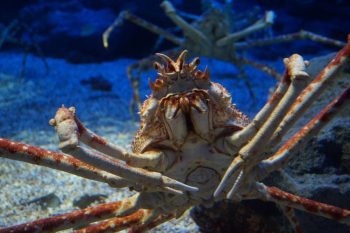



Japanese Spider Crab Facts




Giant Japanese Spider Crab Facts Fun Facts You Need To Know Crab Animals Wild Deep Sea Creatures
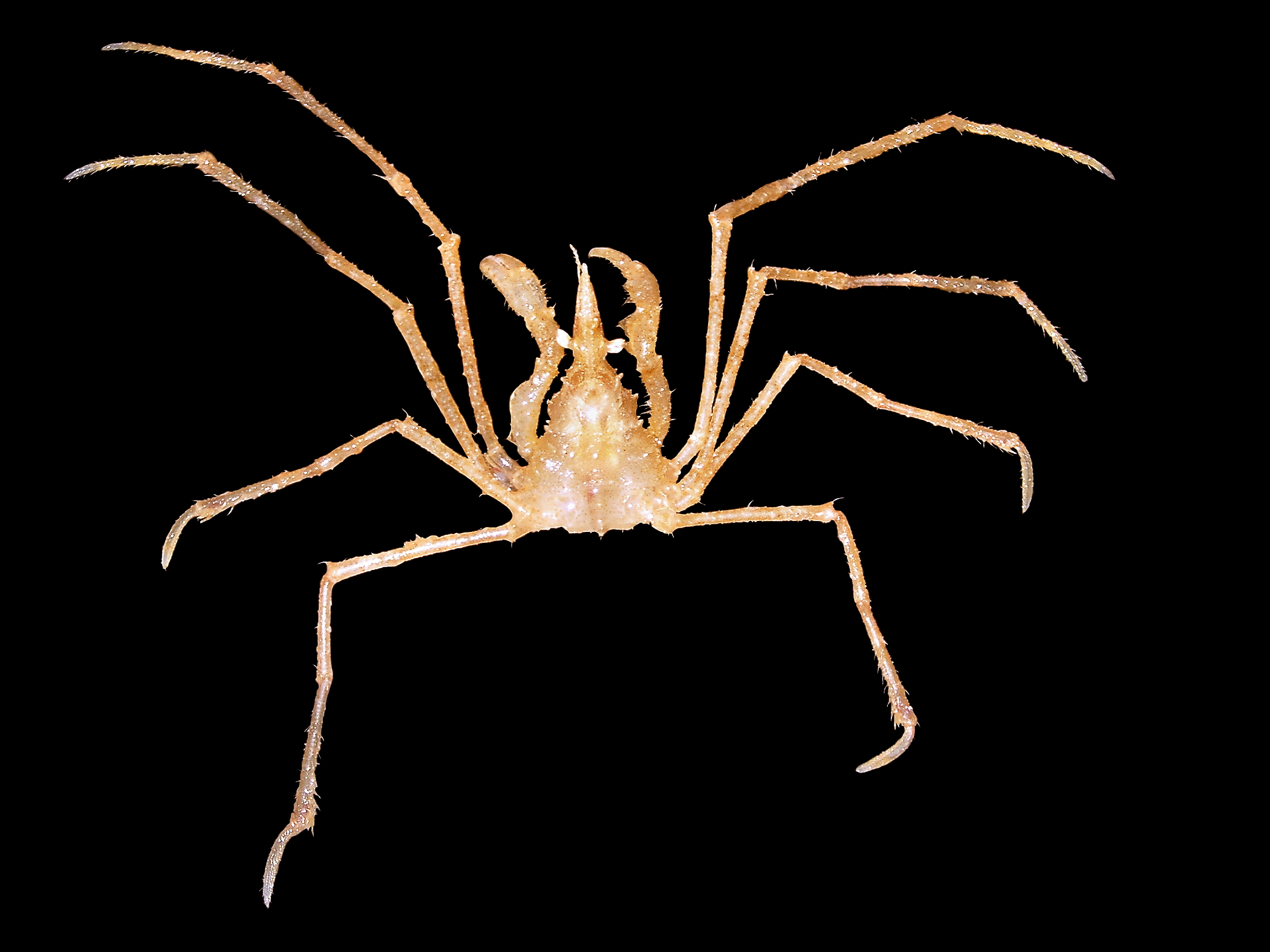



Majoidea Wikipedia
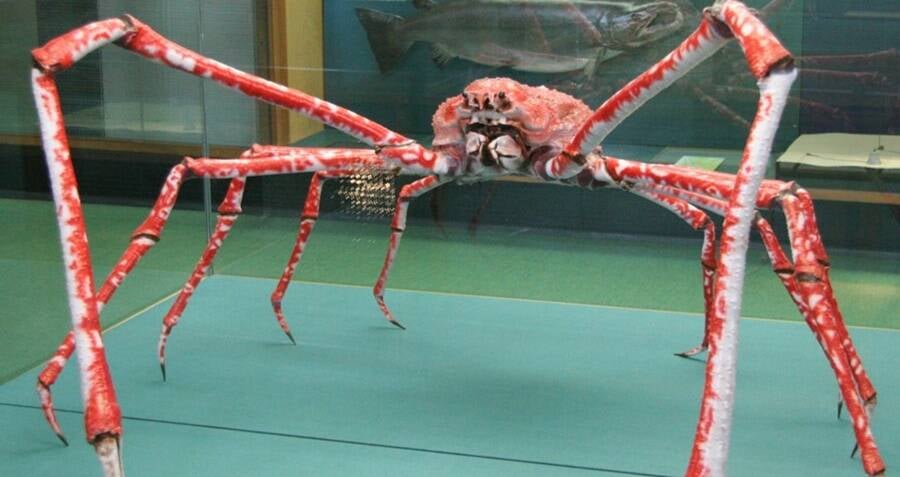



Meet The Japanese Spider Crab The Daddy Long Legs Of The Sea




Creature Feature Japanese Spider Crab
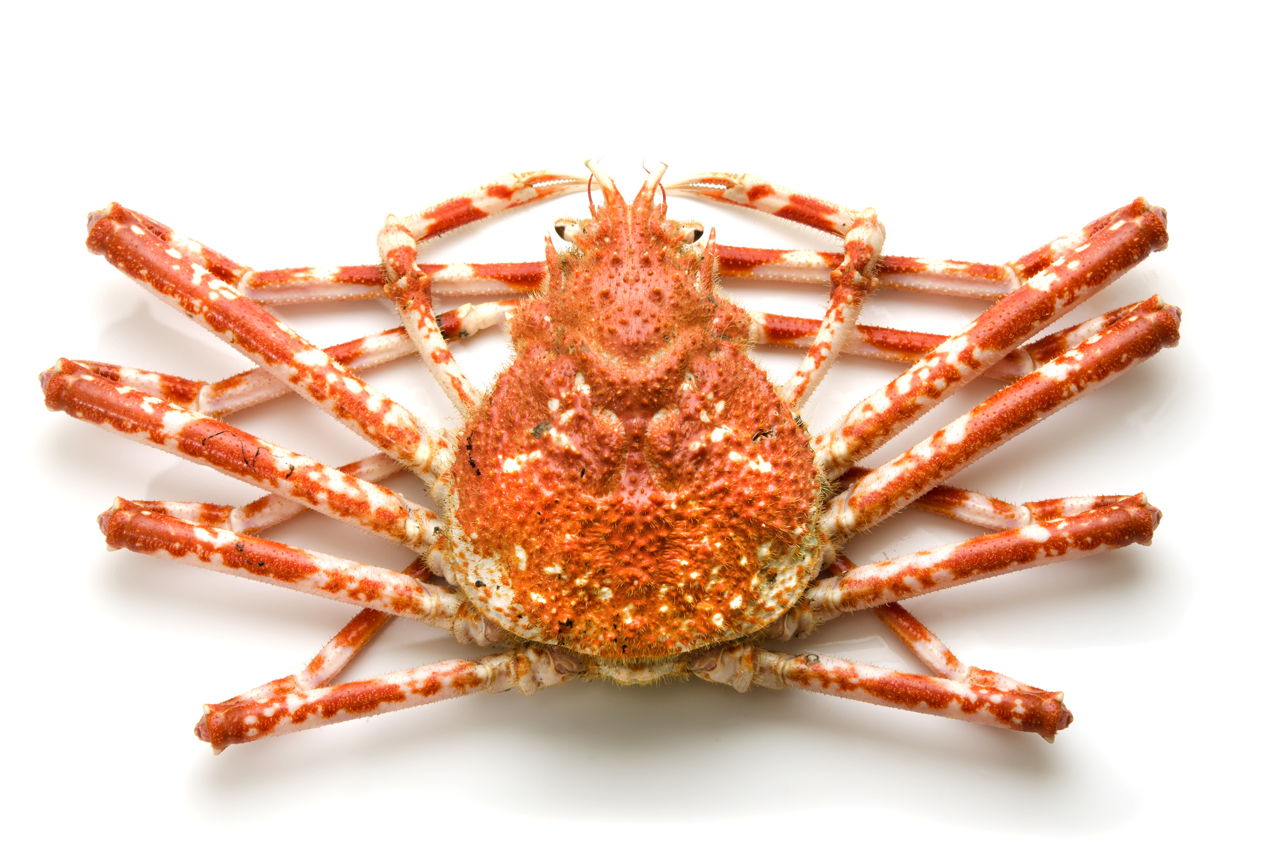



Facts About Spider Crabs That Are Insanely Bizarre Animal Sake




Giant Spider Crab The Giant Japanese Spider Crab Isn T Act Flickr
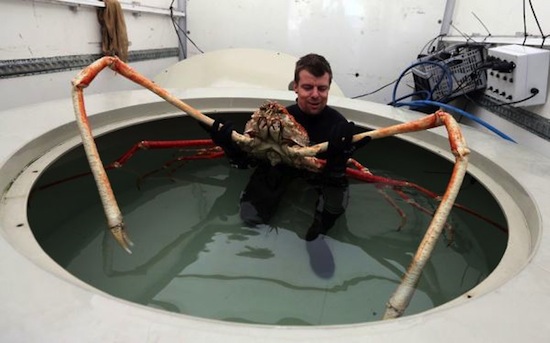



Japanese Spider Crabs Twelve Feet Of Legs Kids Discover
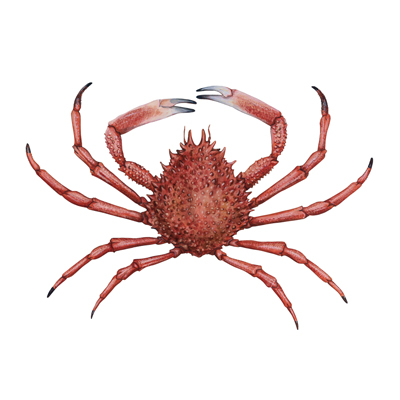



Spider Crab Cornwall Good Seafood Guide




Fact Sheet Crabs Marine Biological Association




10 Surprising Japanese Spider Crab Facts That Will Amaze You



Interesting Facts About Crabs Just Fun Facts
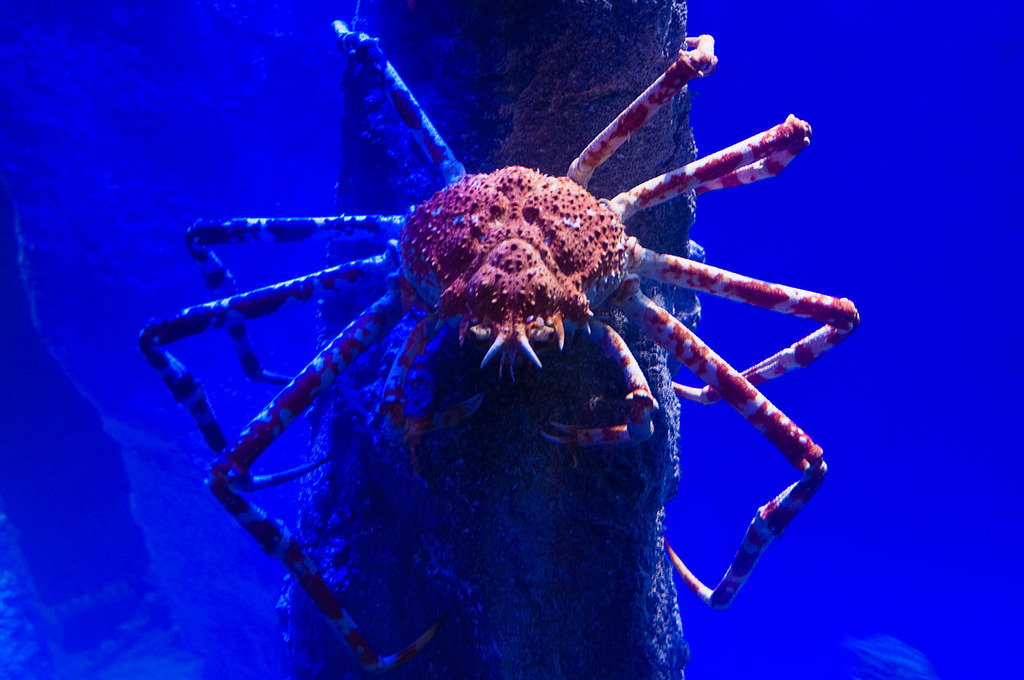



A Walk On The Wild Side Macrocheira Kaempferi




Creature Feature Japanese Spider Crab




Japanese Spider Crab Facts And Photos




Giant Japanese Spider Crab Facts And Photos



Awesome Animal Japanese Spider Crab Stan C Smith



Japanese Spider Crab Facts Anatomy Diet Behavior Habitat




Japanese Spider Crab Wikipedia




Japanese Spider Crab Wikipedia
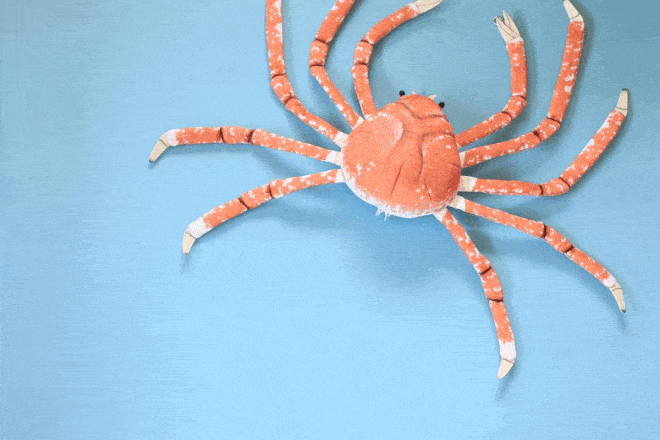



Spider Crab Bag This Japanese Brand Has A Claw Some Stuffed Toy
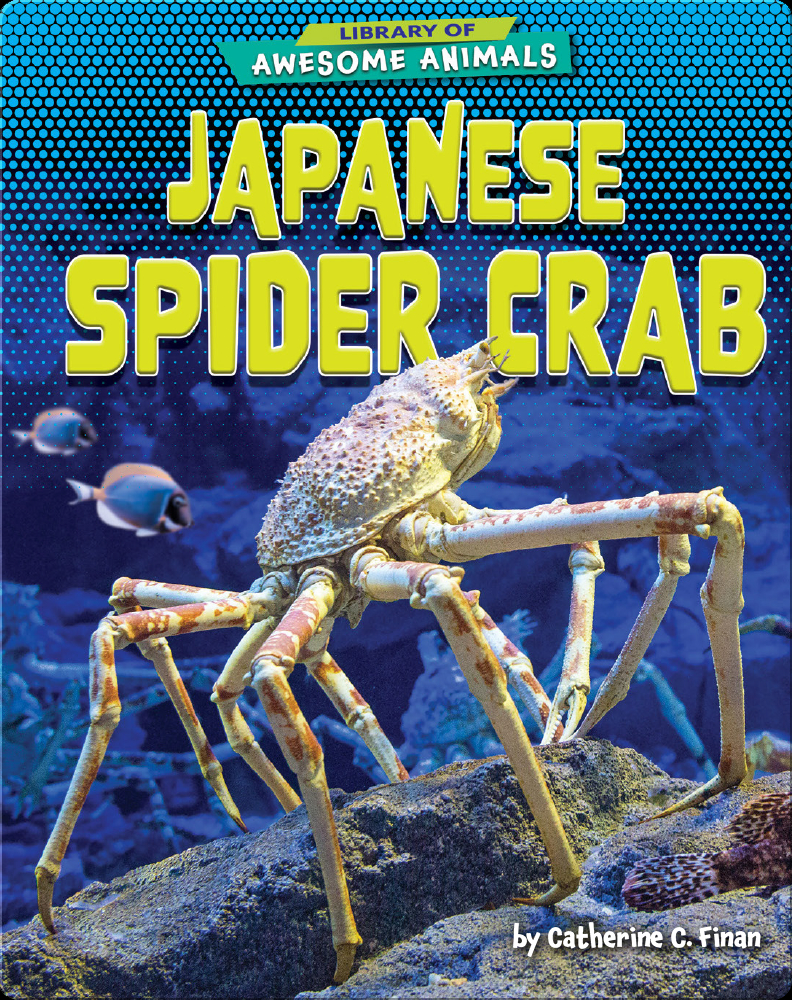



Awesome Animals Japanese Spider Crab Children S Book By Catherine C Finan Discover Children S Books Audiobooks Videos More On Epic




Japanese Spider Crab Pictures And Fun Facts On Animals For Kids Amazing Creature Series Amazon Co Uk Turner Tanya Books




Can You Eat A Giant Japanese Spider Crab




Japanese Spider Crab That Are Giant Enough Not To Let You Sleep Storytimes




World S Biggest Crab Japanese Spider Crab Youtube



Facts About Giant Japanese Spider Crabs Home




21 Creepy Facts About The Japanese Spider Crab Animal Stratosphere




Japanese Spider Crab All The Animals Of The World In One Place




80 Giant Japanese Spider Crab Stock Photos Pictures Royalty Free Images Istock




Facts The Japanese Spider Crab Youtube




Spider Crab Crustacean Britannica




24 Fun Facts And Information About Crab For Kids




What Is A Japanese Spider Crab Youtube




31 Giant Spider Crab Videos And Hd Footage Getty Images
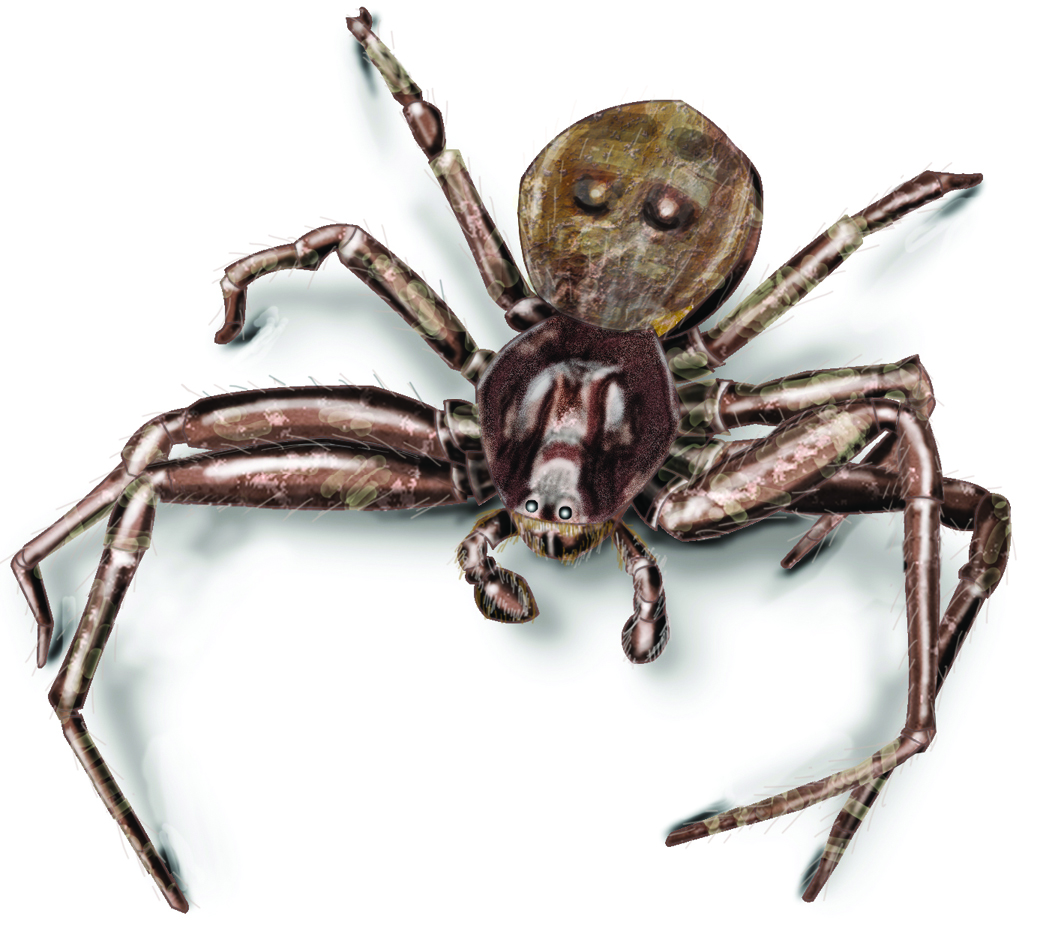



Get Rid Of Crab Spiders Facts On Identification Bites
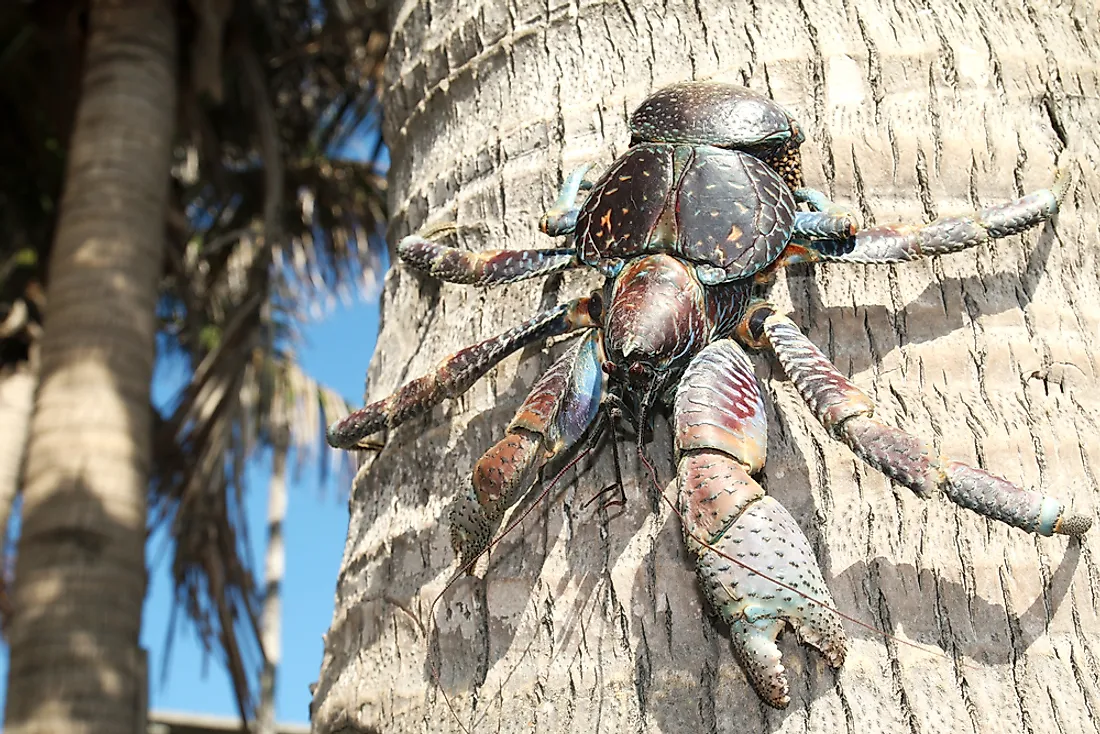



The Biggest Crabs In The World Worldatlas
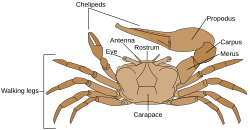



Crab Facts For Kids




Giant Japanese Spider Crab Big Daddy Arrives At Blackpool Sea Life Centre Metro News
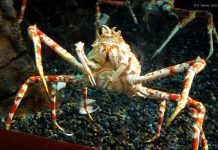



Japanese Spider Crab Archives Animals Time



Japanese Spider Crab Ten Random Facts




Manchester Museum The Giant Japanese Spider Crab Macrocheira Kaempferi Is The Largest Living Arthropod In The World In Japan This Crab Is Known As Taka Ashi Gani Which Means Tall Legged Crab The




The Giant Japanese Spider Crab Youtube
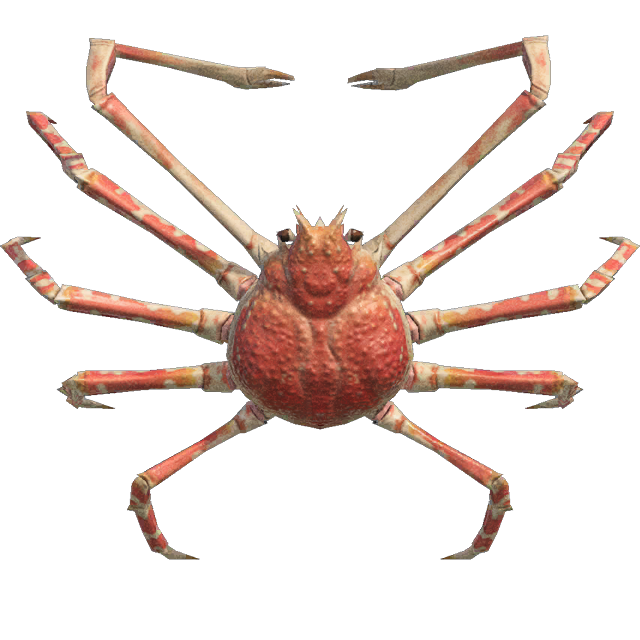



Spider Crab Animal Crossing Wiki Fandom



1




Yeti Crab Facts




Animal Unique Japanese Spider Crab




How To Catch The Elusive Japanese Giant Spider Crab Youtube



11 Super Cool Facts About Crabs Awesome Ocean
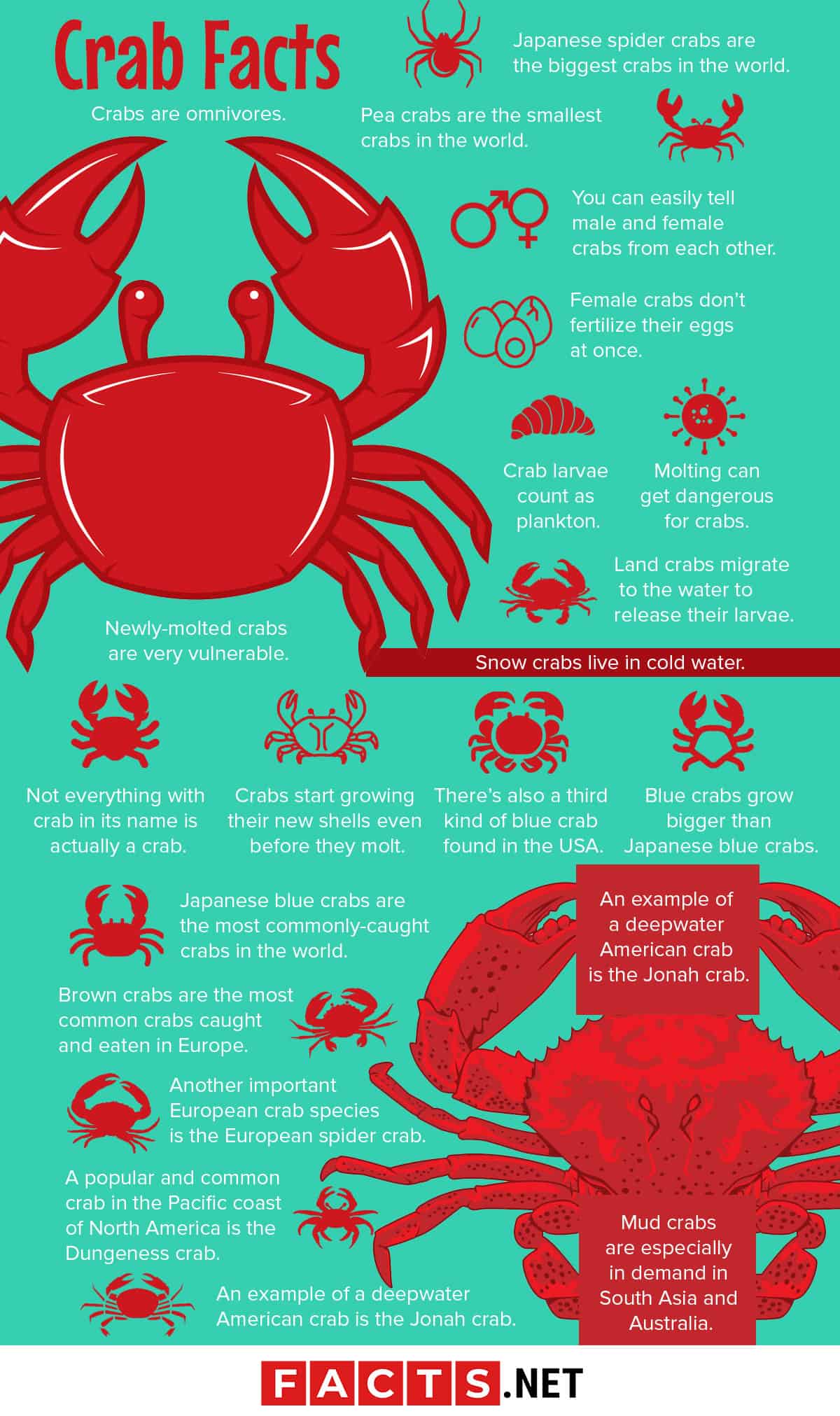



50 Surprising Crab Facts That You Never Knew About




Japanese Spider Crab Facts And Photos
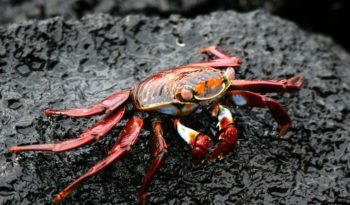



Japanese Spider Crabs Facts Information Pictures




Giant Japanese Spider Crab Facts Always Learning
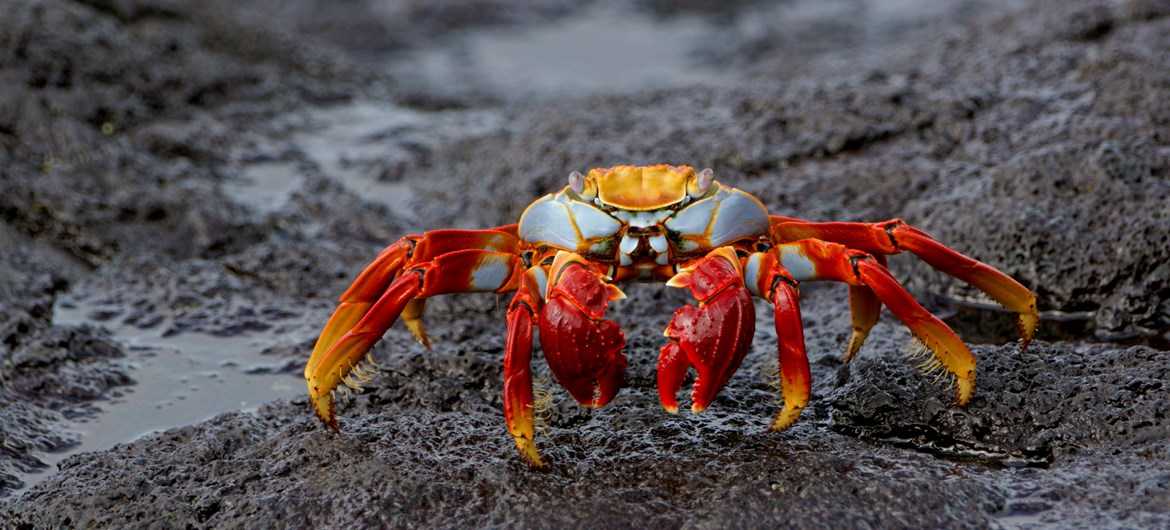



47 Interesting And Fun Crab Facts Factretriever Com



Facts About Giant Spider Crab To Know What This Creature Is Mysterious Monsters
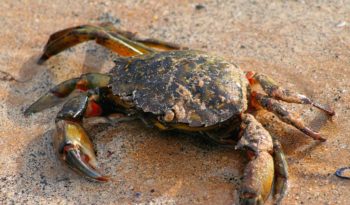



Japanese Spider Crabs Facts Information Pictures
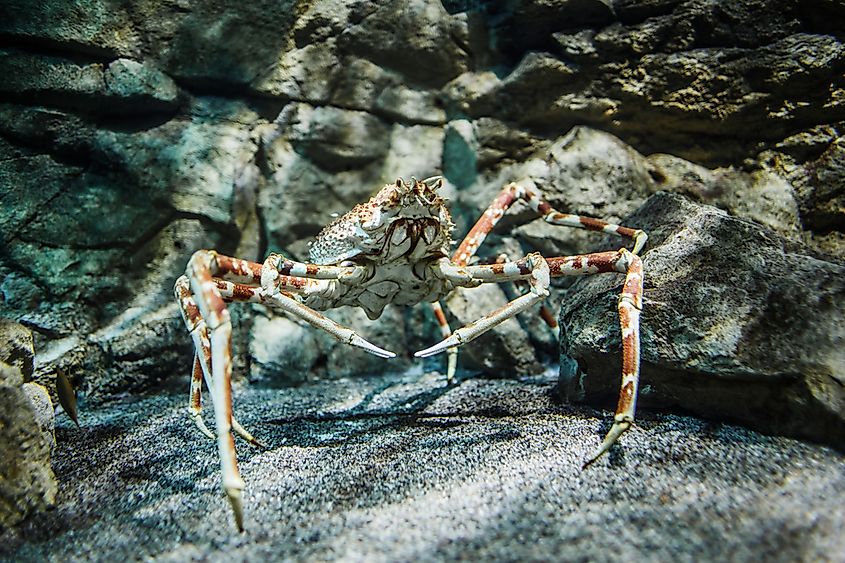



The Biggest Crabs In The World Worldatlas




Amazing Animals Pictures Big Scary But Tender Japanese Spider Crab Macrocheira Kaempferi 45 Pics




Japanese Spider Crab Wikipedia
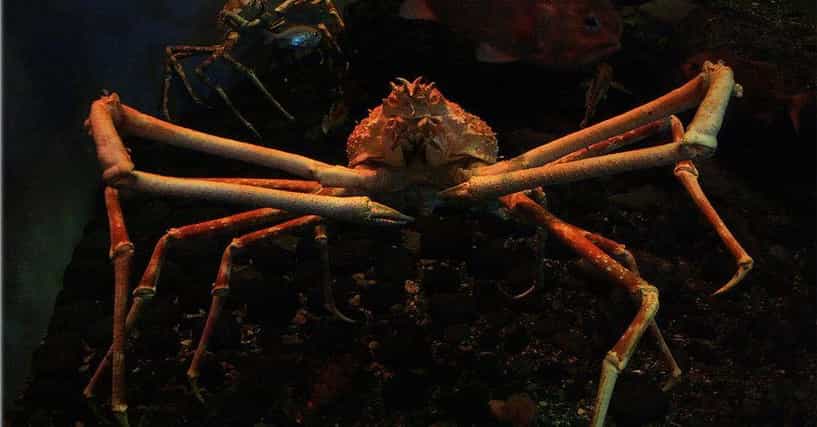



11 Creepy Facts About Japanese Spider Crabs




Japanese Spider Crab Their Commonly Cited Maximum Leg Span Is 3 8 Meters 12 Feet Deep Sea Creatures Rare Animals Marine




2 Japanese Spider Crab Culture Online Ucl University College London




Japanese Spider Crab Facts For Kids
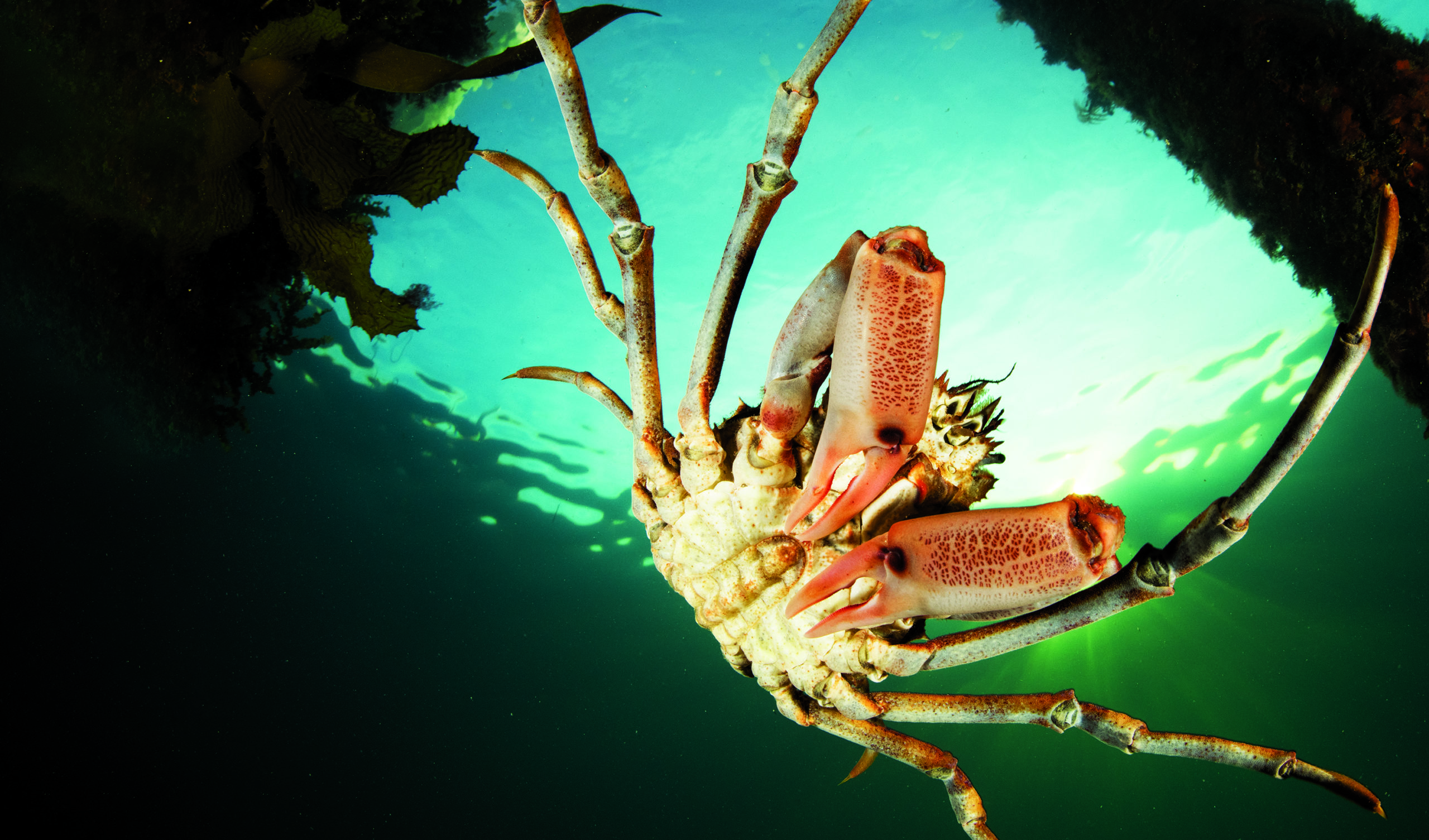



March Of The Spider Crabs Australian Geographic




The Nature Geek What S The Big Deal The Japanese Spider Crab Fun Facts About Animals Spider Crab Spider




Japanese Spider Crab The Living Planet Aquarium




Japanese Spider Crab Biggest Crab In The World Spider Crab Japan The Giant Japanese Spider Crab Youtube
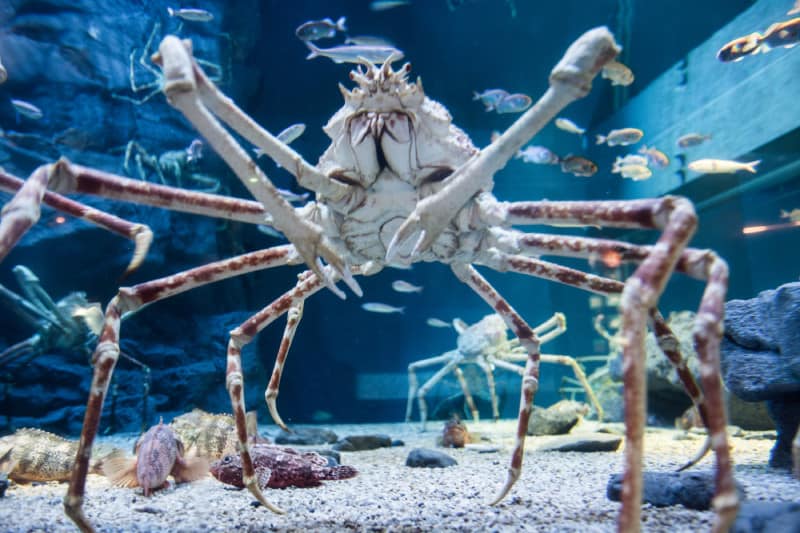



Japanese Spider Crab L Astounding Our Breathing Planet



Giant Squid




Manchester Museum The Giant Japanese Spider Crab Macrocheira Kaempferi Is The Largest Living Arthropod In The World In Japan This Crab Is Known As Taka Ashi Gani Which Means Tall Legged Crab The
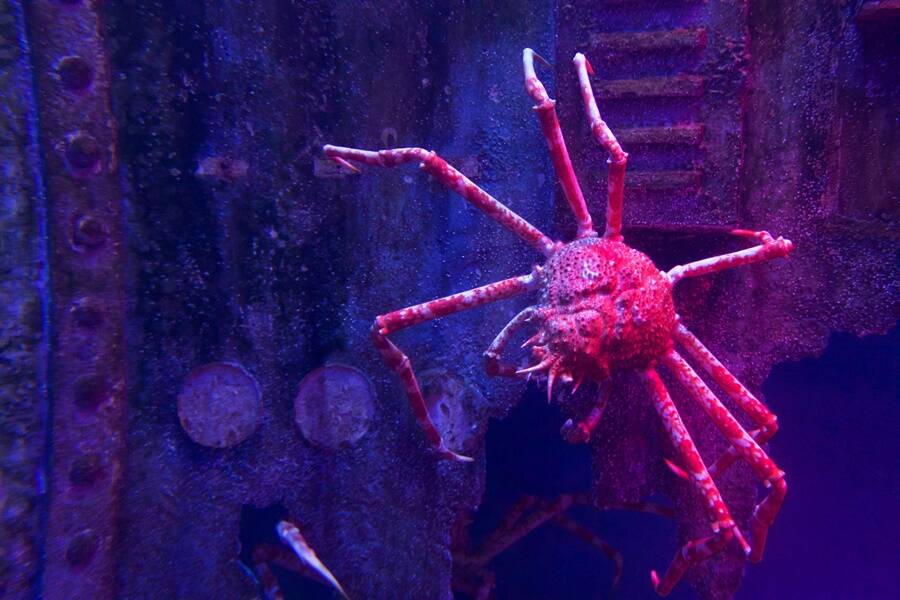



Meet The Japanese Spider Crab The Daddy Long Legs Of The Sea
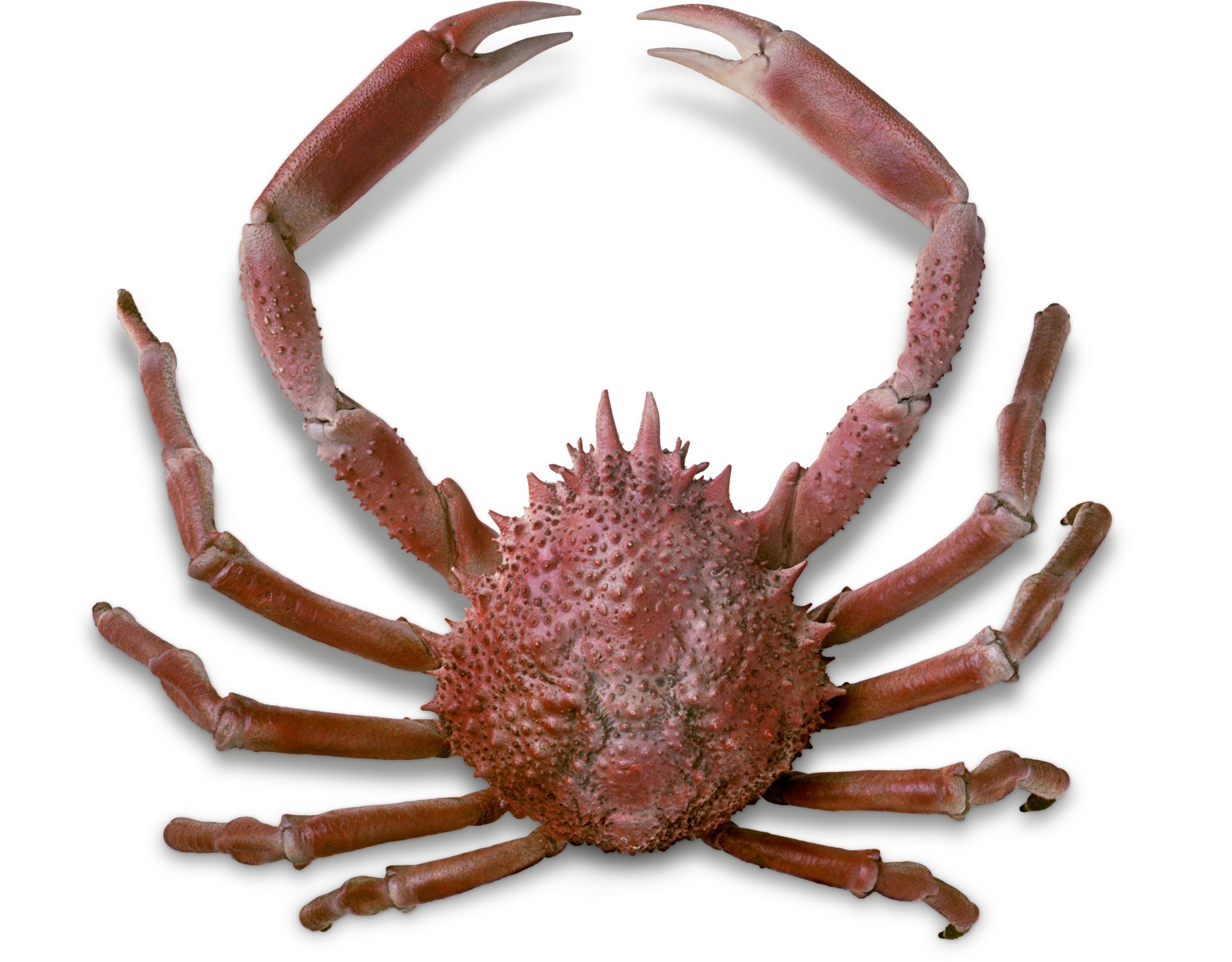



Spider Crab Facts Japanese Spider Crab Dk Find Out




Japanese Spider Crab Habitat Lesson For Kids Study Com




Japanese Spider Crab In Captivity London By Sara Sadler Jungledragon




Japanese Spider Crab Georgia Aquarium
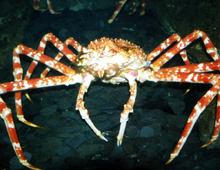



Japanese Spider Crab The Dallas World Aquarium




Japanese Spider Crab Facts Lesson For Kids Study Com
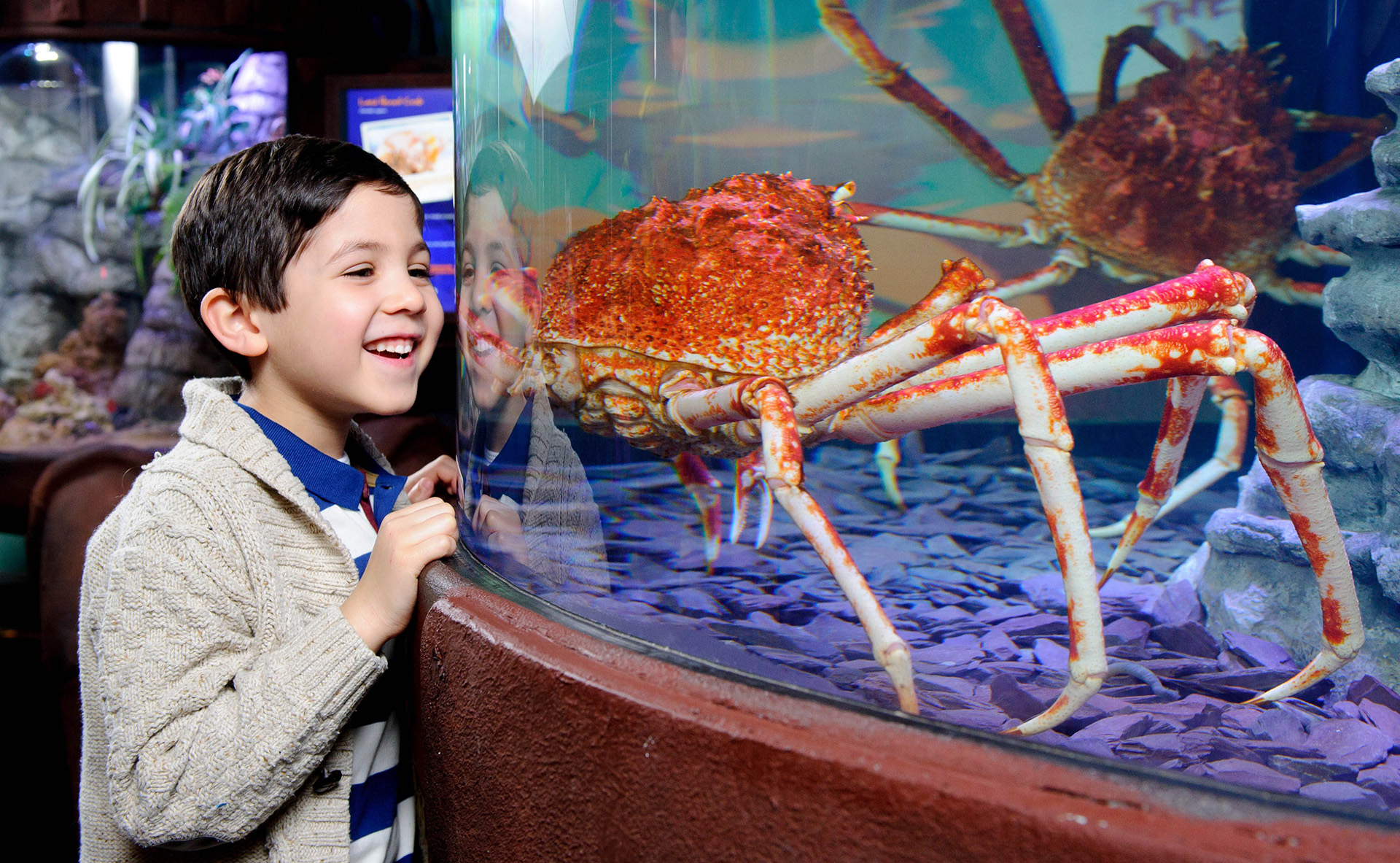



Claws Exhibition Sea Life London Aquarium




Japanese Spider Crab Habitat Lesson For Kids Study Com




Giant Spider Crab Blue Abyss Wikia Fandom
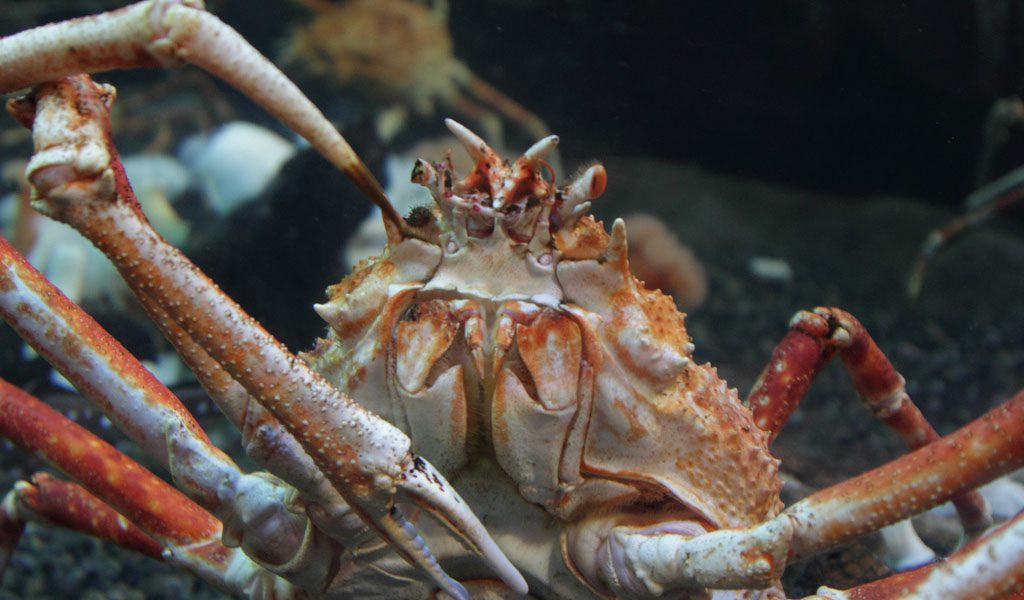



Japanese Spider Crabs Facts Information Pictures



0 件のコメント:
コメントを投稿